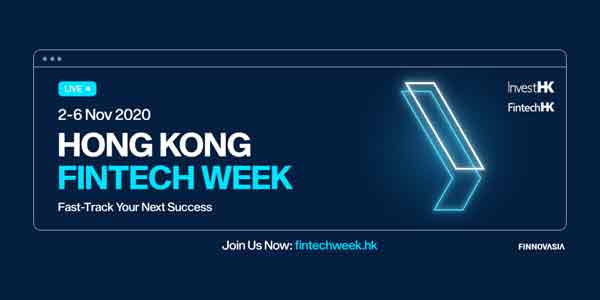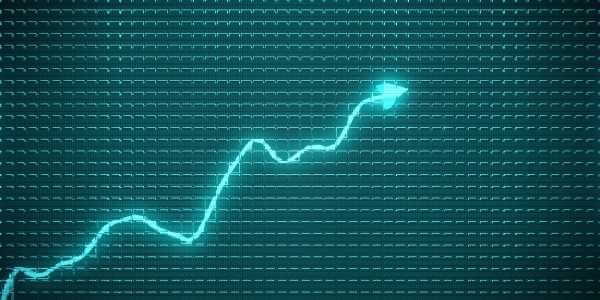Is Black Friday all sunny skies for e-tailers?
Black Friday is one of the most chaotic days of the year for e-tailers so make sure you’re up to scratch with these tips.
Black Friday and Cyber Monday are synonymous with an annual peak of consumer spending in the run-up to Christmas and chaos for retailers both on and offline. This phenomenon has become almost impossible to ignore with floods of emails clogging your inbox offering savings, posters plastered on shop windows with promises of sales and advertisements on TV urging you not to miss out on amazing deals.
Internet retailers, or ‘e-tailers’, are happy AND nervous at this time of year. E-tailers know that they are likely to hit peak order levels during these few days and that there are plenty of opportunities to win new customers. However, they will (and should be) nervous because Black Friday is such a narrow window, that if their e-commerce machine fails to capture or process orders at the peak of customer activity, revenue and profit can take a real hit.
This year’s Black Friday, 27th of November, we noticed a few e-tailers suffering from high order volumes on their websites. Here are two big brands which we saw were struggling:
Argos was unable to cope with the number of orders being placed and had to put up a “sorry for the delay” holding page for customers attempting to checkout.

O2’s ironically named “Price Crash” website crashed on Friday “due to the extraordinary demand for our O2 price crash deals” leaving customers unable to access the website.

So what can e-tailers do to make sure this doesn’t happen next year?
MOVE TO THE CLOUD
Moving e-commerce websites to the cloud requires investment, but you can do it in stages. Cloud providers offer tools to help your technical team manage your e-commerce sites on their platform. This will allow you to manually provision new resources at times of need, paying only for the hours, days or weeks when you need them.
If you go the extra mile and integrate your e-commerce sites with the cloud platform’s underlying APIs, you’ll be able to auto-scale your infrastructure based on volume. In quiet times, the infrastructure will automatically downsize. When orders start flooding in, the infrastructure will automatically size up, making sure your web customers don’t receive a degraded experience.
Auto-scaling can happen in real-time and allows your business to align the cost of the platform with new order revenue. This approach benefits you all year-round, not just during Black Friday.
AUTOMATE AND FOCUS ON EXCEPTIONS
Managing by exceptions means only having to deal with orders which don’t follow the average path through your e-commerce machine.
For example, carrying out an automated risk assessment on every confirmed order, will allow you to surface only those orders higher than an agreed threshold for human intervention. Or, if a web order comes through for an item which isn’t in stock then divert that to your secondary supply team.
While all orders are always available for anyone to inspect, managing by exception keeps the noise levels down.
TRACK THE STATUS OF EACH ORDER IN REAL-TIME
The granularity of your e-commerce process controls how transparent you can be with customers and how much insight you’ll have into e-commerce work-flow. For example, the bare minimum order states are:
Order Confirmed, Order in Preparation, Order Shipped, Order Return
You can probably cover off many situations with these, but what about all the other potential states an order can get into:
Stock Unavailable, Awaiting Customer Contact, Order Returned, Order Query, Chargeback, Returned Faulty, Returned Doesn’t Fit, Returned Description Wrong, Query Payment Gateway, Order Part Refund, Awaiting Return, Complained, Substitution Sell, Awaiting Stock
These states may not all be needed for each e-tailer, but if your order processing system can tag each one of your orders with states needed by YOUR e-commerce process, then you will be in a strong position to communicate effectively with customers while managing the workload during Black Friday peaks.
MAKE YOUR RETURNS PROCESS THE BEST IT CAN BE
More Black Friday orders means more returns. Using Return Merchandise Authorisation (RMA) barcodes will help you optimise how returns happen inside your business. Rather than just receiving unsolicited packages back from your customers and watching a warehouse pile up with orders, establish your returns process online, and capture return reasons up front. RMA codes, printed off by the customer and submitted inside the returned package, will help you immediately identify the original order and, coupled with the return reason, direct it to the right team for processing. RMA codes also make it easy to communicate accurately with the customer.
It’s worth remembering that an easy-to-use returns process results in referrals and repeat business. You can expect circa 60% referrals and 85% repeat custom if you invest in a good returns process.








